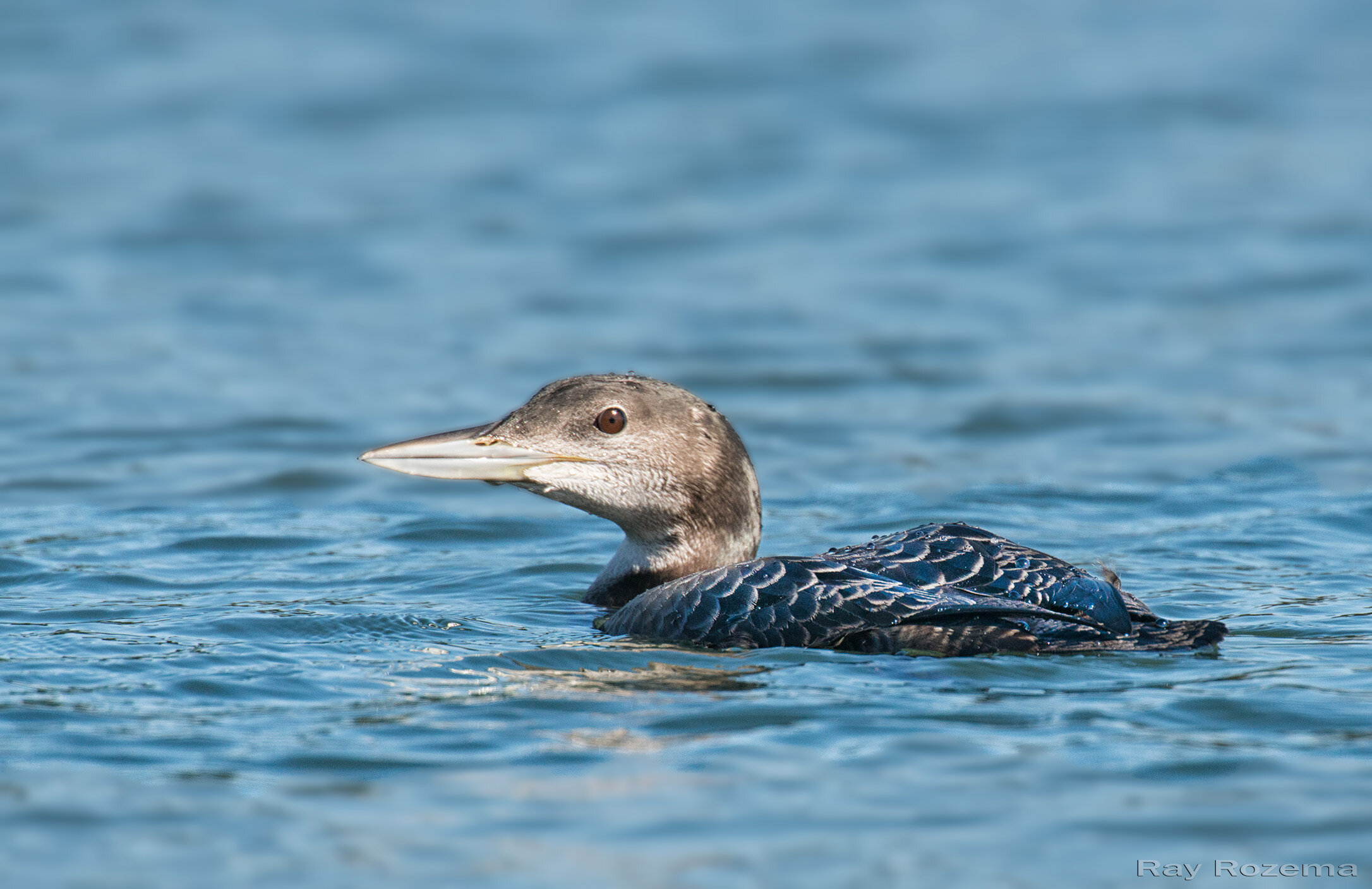SUMMER
In summer the heat drives many of us up into the mountains in search of cooler temperatures, but there are still many wonderful places to bird locally if you get out early enough. Remember to take plenty of water and sunscreen when you check out these recommended summer locations.
An interactive map of these locations can be found here or at the bottom of this page.
The Western Subspecies of Purple Martin is uncommon and declining, but the City of Sacramento is host to a few small breeding colonies that have adapted to nesting in “weep holes” under freeway overpasses.
This 30 mile driving trip takes you through one of the best montane birding areas within easy driving distance of Sacramento. The area ranges in elevation from approximately 3,500 feet to over 6,000 feet and offers a number of varied habitats for many species of birds.
Located at 5,000 feet near Emigrant Pass, Sierra Discovery Trail is a one mile partially paved loop trail meandering through an old growth conifer forest. Bear River also runs adjacent to the trail providing an opportunity to see an American Dipper.
The Nimbus Dam creates a narrow reservoir below Folsom Lake on the American River. It backs up water for nearly six miles, starting just upstream from the Nimbus Hatchery and the Hazel Avenue bridge. Open water attracts many water birds and the surrounding oak woodlands add to the species diversity.
Beeks Bight offers foothill woodland habitat dominated by interior live oak, gray pine, and blue oak. The spring season provides the greatest diversity. Dozens of migrating and resident hummingbirds can be found feeding on flowers. Granite rock outcroppings prevail throughout and offer excellent habitat for Rock Wrens and Rufous-crowned Sparrows.
This Global-Priority Level Important Bird Area now contains more than 25,000 acres and is just minutes from downtown Sacramento. Both seasonal and permanent wetlands are present as well as riparian woodland and valley grassland, providing habitat for a large variety of birds.
The more than 45,000 acres around the Cosumnes River that make up the Cosumnes River Preserve have been designated as a Globally Important Bird Area with more than 300 species recorded.
Walk the trails along the river and you may find Spotted Sandpipers, Greater Yellowlegs, Great Blue Herons, and Great Egrets hunting at the water's edge while Wood Ducks and Common Mergansers float along. Black Phoebes, Bushtits, and Acorn Woodpeckers are seen year-round. In the spring and summer, Ash-throated Flycatchers, Western Kingbirds, and Bullock's and Hooded Orioles are all possibilities.
More than 70 acres of riparian woodland adjacent to the Effie Yeaw Nature Center (EYNC) have been preserved as a nature study area within the American River Parkway. Because this birding spot is easy to reach and includes a variety of habitats, it is possible to sight more than 100 species during the course of a year. In the spring, migrating warblers move through the woods. The crowned sparrows return each fall, and winter brings the goldeneyes back to the river.
River Bend Park has a variety of habitats with trails throughout. You can walk along the American River in search of goldeneyes or sandpipers; search the woods for woodpeckers, sparrows, and wrens; or explore the open areas for raptors soaring in the sky and hummingbirds flitting among the bushes.
Known for its diverse habitats, William B. Pond has fast flowing water where riffles and gravel bars are present, sandy riverbanks, riparian woodlands, a nesting rookery, open areas and woodlands edges, plus a wonderful urban park. All these habitats draw in a great variety of birds making it one of the most popular birding locations along the American River Parkway.
A walk through the sanctuary is a delight in any season. Over 200 species of birds have been recorded. In summer, Swainson’s Hawk soar overhead. Great Horned Owl is common here. Wood Duck, herons, egrets, and Pied-billed Grebe can be found year-round. Springtime brings a variety of warblers as well as nesting Western Bluebird, Bullock’s Oriole, and Black-headed Grosbeak. In winter, sparrows, towhees, kinglet, Yellow-rumped Warbler, and Northern Flicker are among the common birds.

To use the map above, click on any icon. You’ll find the name and a brief description with a link to additional information. Alternatively, you can click on the square with an arrow in the upper left hand corner of the map to open a complete list of all the locations on this map. The map is easier to use if you enlarge it by clicking on the partial square in the top right portion of the map (hover your cursor over the partial square and it will say “View larger map”).
Banner Photo Credit: Western Tanager © Ray Rozema













